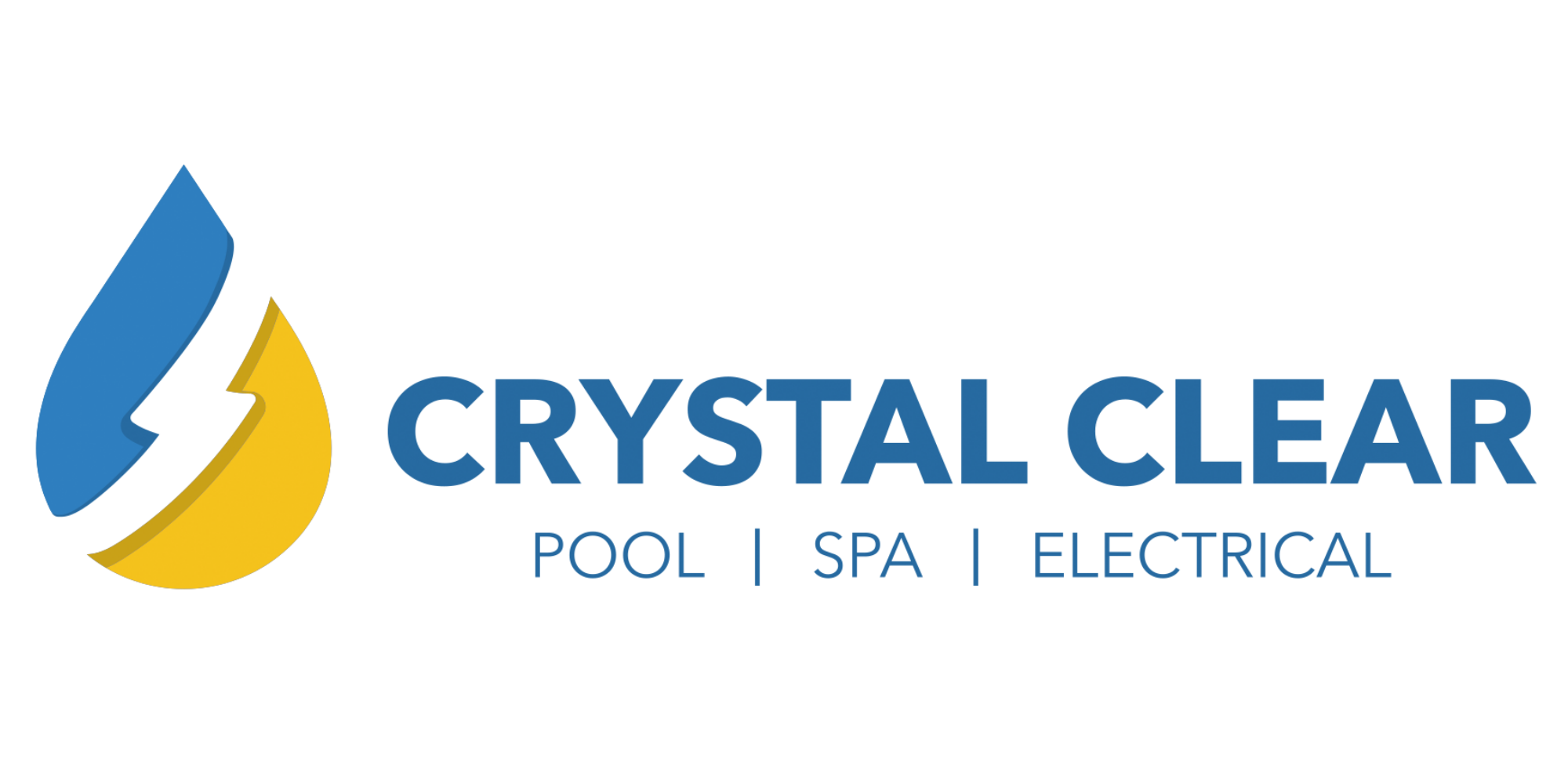Having your own pool or spa pool at home can be exciting. However, there’s also a great deal of work that comes along with maintaining a safe swimming environment for you and your family. We shed some light on testing your pool’s waters that will enable you to buy pool chemicals that are suitable for your pools and achieve an ideal level of sanitation!
Chemical Measurements for Pools vs Spa Pools
It’s a mistake to think that pool chemical measurements are suitable to use for your spa pools. Contrary to popular belief, putting pool chemicals in your spa pools can greatly mess with your spa pool’s pH, and vice versa. An imbalanced pH level can then damage your spa or pool, and the water can become unpleasant. So if the ingredients are the same, what will make doses different from each other?
- Size – Pools are relatively larger than spa pools and will need larger amounts of concentrated chemicals to sanitise the water. On the other hand, spa pools need fewer chemicals. Additionally, because of their smaller size and area, the chemicals need to be diluted to maintain the proper pH and effectively treat the water.
- Water Temperature – Swimming pools have a maximum water temperature of 28°C while spa pools play around between 35 to 40°C. Temperature influences the chemicals’ reaction to the water. If dosed incorrectly, your water can have erratic pH imbalances.
- Water circulation – Pools that have less water circulation and have stagnant water will require greater amounts and higher concentrations of chemicals compared to spa pools. This is because water circulation helps disperse chemicals so less is needed when there is greater circulation.
- Person capacity – Typically, a pool can accommodate more people compared to a spa pool. The less activity or the smaller number of people who go in and out of the water means the water pH is more susceptible to spikes and drop-offs, especially when chemical measurements aren’t added or are slightly more or less concentrated.
- Water evaporation – Spa pool water evaporates at a greater speed compared to swimming pools. When more water is being evaporated, fewer chemicals are required to do the job.
Testing the water
Now that you know not to use the same doses of pool chemicals in your spa pool and swimming pool, you need to test your water’s pH and alkalinity and adjust your chemical measurements keeping in mind the factors mentioned above.
Spa and pool waters should be tested at least three times a week using effective water test kits that will reveal disinfectant concentration, pH, and alkalinity. If you aren’t doing it correctly, you may get low or high levels of pH and alkalinity.
Low water pH means higher acidity and can cause the following problems: itchy skin, eroding of pool plaster, burning eyes and corrosion of metal parts. A high pH can lead to scale formation and cloudy water. Alkalinity acts the same way. If there’s low total alkalinity, there are rapid fluctuations in pH, bathers can experience itchy skin, and metal parts of the pool will corrode. High total alkalinity, on the other hand, will display stagnant pH levels and produce cloudy water.
Keeping your pool and spa pool water safe
If you’re experiencing any problems with your pool waters, it may indicate that something is wrong with your water pH levels and total alkalinity. The easiest solution is to adjust the chemicals as you determine your pool water’s pH and Alkalinity.
For pools, ideal chlorine level in the water should be 3 parts per million—anything less will not keep the water clean! And in order for chlorine to do its job, the ideal pH level in your pool should be 7.4 to 7.6 while Alkalinity range should be 100 to 150 ppm.
For spa pools, the recommended chlorine disinfection levels should not be less than 2 mg/L and up to 4 mg/L free residual chlorine while the spa pool is in use. Bromine disinfection’s ideal level is at 6 mg/L while other disinfection agents should come from the advice of the supplier.
Spa pool water must have the following pH level for your disinfectants to work effectively and efficiently. For chlorine, the pH level must be between 7.2 to 7.6; for Bromine, pH level must be between 7.2 to 8.0.
When it comes to alkalinity for chlorine disinfection, the recommended concentration ranges from 60 to 200 mg/L while bromine disinfection needs 150 to 200 mg/L.
Test your water regularly with Crystal Clear Pools
The key to safe pool water is to test regularly, so you know the corresponding solution to a problem. The team of Crystal Clear Pools can provide you with the right tools to disinfect your spa and pools and keep your water safe, making swimming much more enjoyable!
For all things spa and pool maintenance, drop us a call today!


